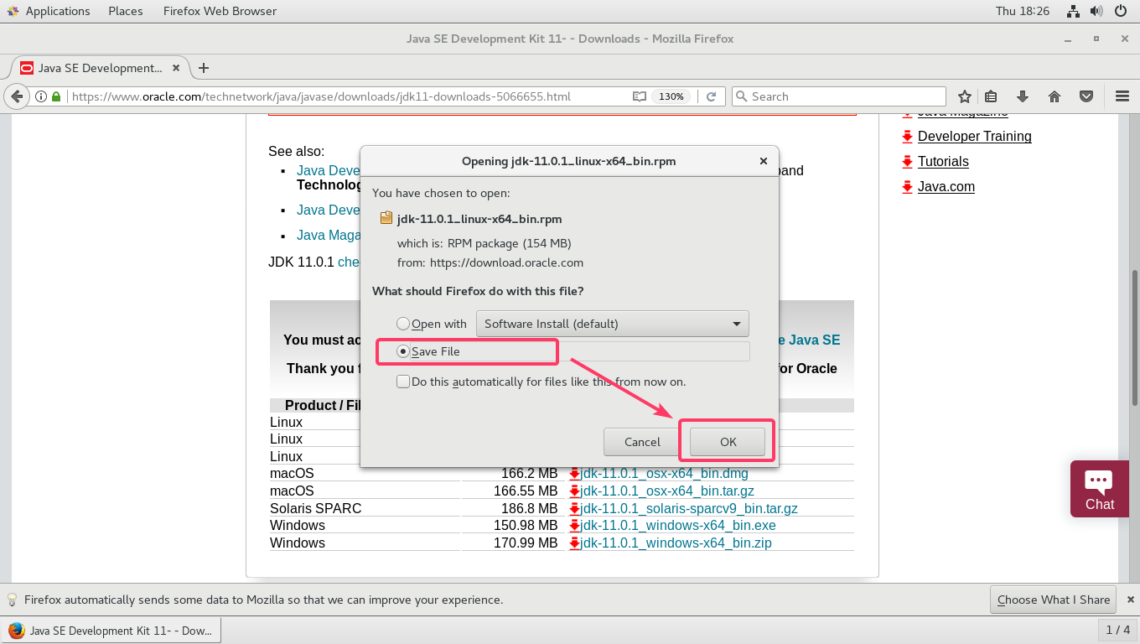

For example, Oracle Java 6 and 7 support ended, and there have been no maintenance updates for them since 2015. There are many potential cases when OpenJDK does better than Oracle JDK, and one of them is the support longevity. The latter implies a risk rather than just an inconvenience as your company has skipped a bunch of security updates released since then. Either you use the newer Oracle JDK versions, maybe 11, but have grown weary of spending high on licensing, or you stick to the free pre-Jan 2019 Java SE 8 and feel that you are missing out on the latest features. If you have stumbled upon this article, chances are that your enterprise considers migrating from Oracle JDK. According to it, the number of licenses is calculated based on the number of employees, including full-time, part-time, temporary employees and employees of agents, contractors, outsourcers, and consultants that support internal business operations. In 2023, the vendor overturned the pricing model completely by introducing the new “Employee for Java SE Universal Subscription” metric.After that, enterprises have to migrate to the next LTS version or pay for commercial support


LTS-releases are now released every two years and according to a new license, receive free updates for 3 years. In 2021, the company announced a change in its licensing policy with the release of JDK 17.In January 2019, it stopped releasing free builds of Oracle Java SE 8 for commercial use.It seems that Oracle developed a habit of changing licensing conditions for Oracle JDK every two years:


 0 kommentar(er)
0 kommentar(er)
